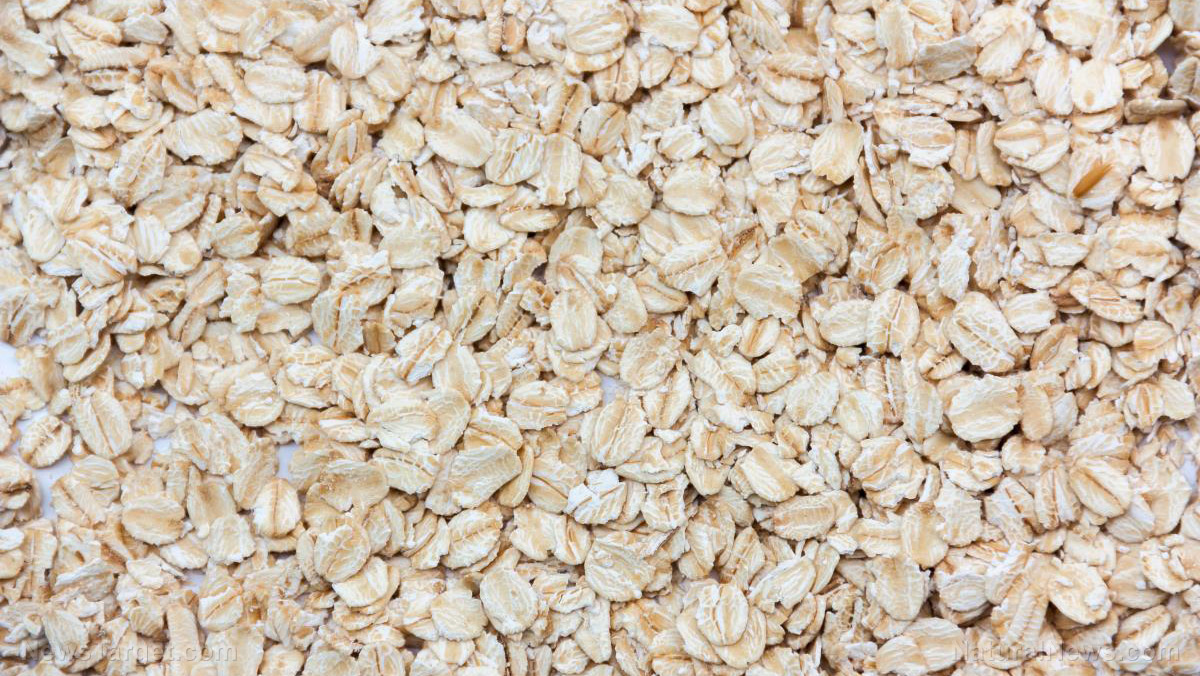New wave of desert locust swarms threaten East Africa
01/19/2021 / By Virgilio Marin

Agricultural livelihoods and the food security of millions of people in the Horn of Africa and its neighboring countries are in serious danger once again as new swarms of desert locusts are forming in the region, according to the United Nations’ Food and Agriculture Organization (FAO).
In a press release last December, the FAO said that locust infestations are soaring once again in Kenya, Ethiopia, Somalia, Eritrea and Sudan, as well as in Saudi Arabia and Yemen, due to favorable weather conditions and heavy rains.
East Africa, where the Horn of Africa is located, went through its worst locust outbreak in several decades last year, causing considerable crop failure and food insecurity in the region. Without action, a new crisis can further exacerbate the situation for struggling communities already beset by recurrent drought, conflict, high food prices and the COVID-19 pandemic, the FAO warned.
New locust swarms overwhelm control measures
The FAO and affected communities have already instituted control measures to curb new formations of locust swarms but extensive breeding has hampered these efforts.
In Ethiopia and Somalia, locust infestations increased over the past month due to favorable weather conditions and widespread seasonal rains. Cyclone Gati in Somalia further brought two years’ worth of rainfall within two days, transforming a hostile terrain into a favorable breeding ground.
New locust swarms are also threatening to re-invade northern Kenya while breeding is already underway on both sides of the Red Sea, posing a new threat to Eritrea, Sudan, Yemen and Saudi Arabia, according to the FAO.
In January last year, a massive locust infestation broke out in east Africa and the surrounding regions, blighting crops and further pushing affected communities to the brink of starvation. The locust outbreak was the worst seen in Kenya in seven decades and the worst for east Africa in 25 years.
Because of this, the FAO and its partner organizations increased surveillance in several affected regional areas and established control operations to minimize the outbreak. The measures were initially successful, helping save around 2.7 million tons of cereal in countries already hard hit by acute food insecurity and poverty.
These efforts, however, were not enough to stop the new generation of locusts swarms this month, especially in war-torn countries such as Somalia and Yemen where control operations had to be ceased due to the ongoing conflict.
“We have achieved much, but the battle against this relentless pest is not yet over,” said FAO Director-General Qu Dongyu.
“We must not waver. Locusts keep growing day and night and risks are exacerbating food insecurity for vulnerable families across the affected region,” added Dongyu. (Related: Massive locust swarms threaten parts of southern Africa.)
Worse food insecurity may result without further action
According to the Intergovernmental Authority on Development, an African eight-country trade bloc, a typical desert locust swarm contains up to 150 million locusts per square kilometer, traverses around 60 to 90 miles in just a day and destroys as much food crops in a day as is sufficient to feed 2,500 people.
The FAO warned that more than 35 million people in the worst affected countries, namely Ethiopia, Kenya, Somalia, Sudan and Yemen, are already facing acute food insecurity due to drought, conflict, high food prices and the pandemic. If nothing is done to control the latest outbreak, that number can increase by 3.5 million.
As such, efforts must be scaled up to prevent worsening food insecurity and bolster food production. The organization is looking to raise an additional $40 million to increase surveillance and control activities in the five most-impacted countries this year.
The agency said that without additional funding, control measures may slow down or halt from the end of January 2021. “Farmers, whose livelihoods have been impacted, require further support and national capacities in monitoring and responding to desert locusts still need to be strengthened,” the FAO stated.
Learn more about the food security crisis in Africa at Starvation.news.
Sources include:
Tagged Under: Africa, Ecology, environment, food insecurity, food security crisis, infestation, insects, locust swarm, locusts, outbreak, pests, starvation
RECENT NEWS & ARTICLES
COPYRIGHT © 2017 ECOLOGY NEWS





















